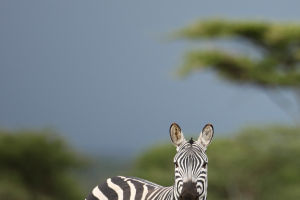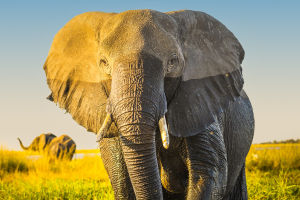Hello, Lykkers! Today, we're diving into the fascinating world of the Roan Antelope, a species that captures the hearts of wildlife enthusiasts.
Join us as we explore their unique characteristics and behaviors that make these animals truly remarkable!
Physical Characteristics
The Roan Antelope is known for its striking appearance, featuring a robust body and long, slender legs. Weighing between 400 to 600 pounds, these antelopes are easily recognizable by their reddish-brown coat and distinctive facial markings. Their large, elongated ears and prominent, curved horns add to their majestic look. The males possess impressive horns that can grow up to 36 inches long, making them a true spectacle in the wild. Observing these graceful creatures in their natural habitat is a breathtaking experience we won't forget.
Habitat and Distribution
Roan antelopes predominantly inhabit the savannahs and grasslands of sub-Saharan Africa. From the wooded savannahs of West Africa to the more open grasslands in Southern Africa, these animals thrive in areas where they can graze freely. Their preference for open spaces allows us to spot them more easily during our wildlife adventures. We learned that they often form herds, usually consisting of females and their young, while males may roam alone or form bachelor groups, adding to the dynamics of their social structure.
Behavior and Diet
When it comes to diet, the Roan Antelope is primarily an herbivore, feeding on grasses, leaves, and herbs. Their grazing habits are vital for maintaining the ecosystem, as they help control the growth of vegetation. During our observations, we noticed that they prefer tall grasses during the wet season and can adapt their diet based on seasonal availability. Additionally, Roan Antelopes are known for their unique behavior of standing sentinel, where one individual will watch for predators while the others graze. This communal vigilance is a fascinating aspect of their survival strategy!
Conservation Status
Sadly, the Roan Antelope faces threats from habitat loss and poaching. Due to these challenges, their populations have declined in certain regions, prompting conservation efforts to protect these magnificent animals. We learned that various organizations are working tirelessly to ensure their survival, focusing on habitat preservation and anti-poaching measures. By visiting wildlife reserves and participating in conservation programs, we can contribute to the protection of the Roan Antelope and their habitats.
Exploring the world of the Roan Antelope has deepened our appreciation for these beautiful creatures. Their unique adaptations and social behaviors make them a captivating subject for wildlife lovers like us. We encourage all Lykkers to engage with conservation efforts, whether by supporting local wildlife initiatives or simply spreading awareness about the importance of protecting these incredible animals. Together, we can ensure that future generations have the opportunity to marvel at the Roan Antelope in the wild!


